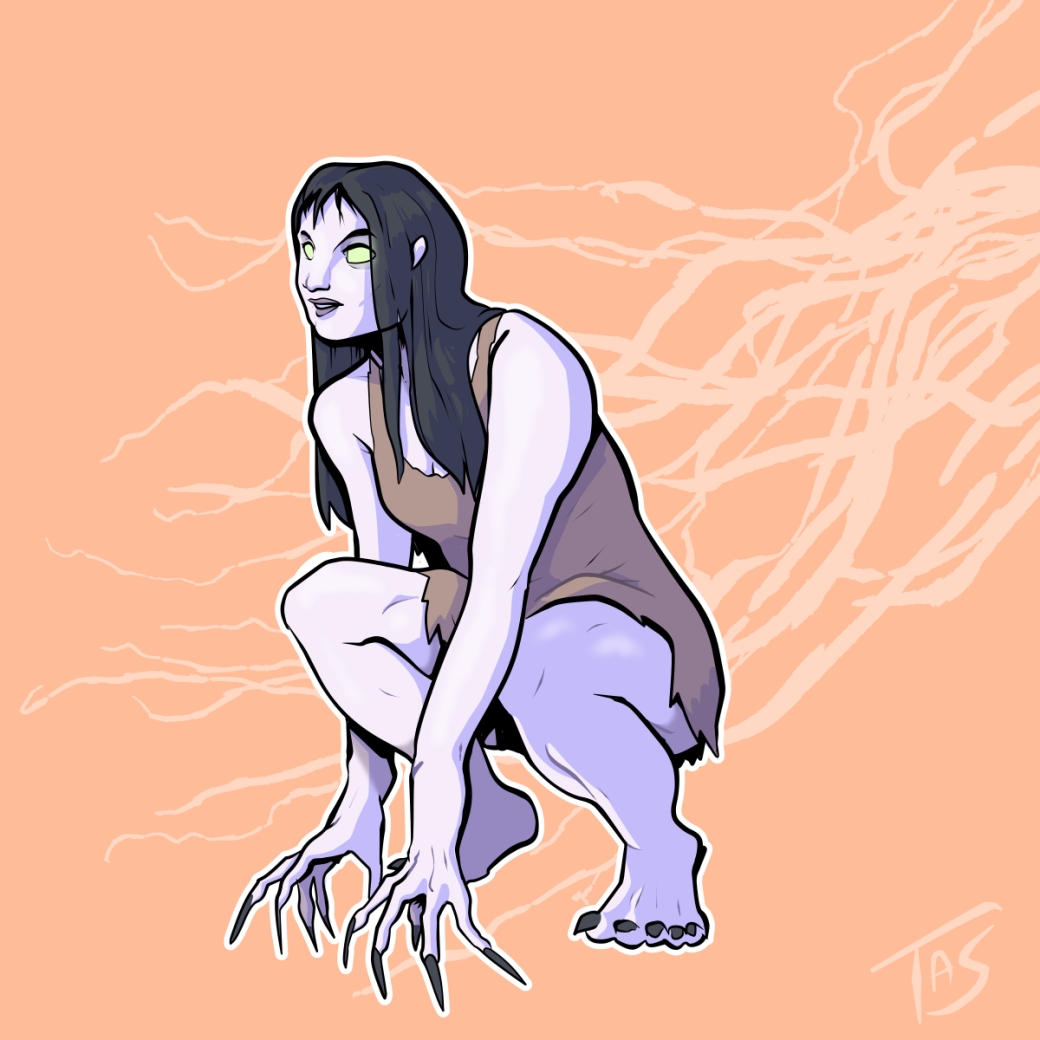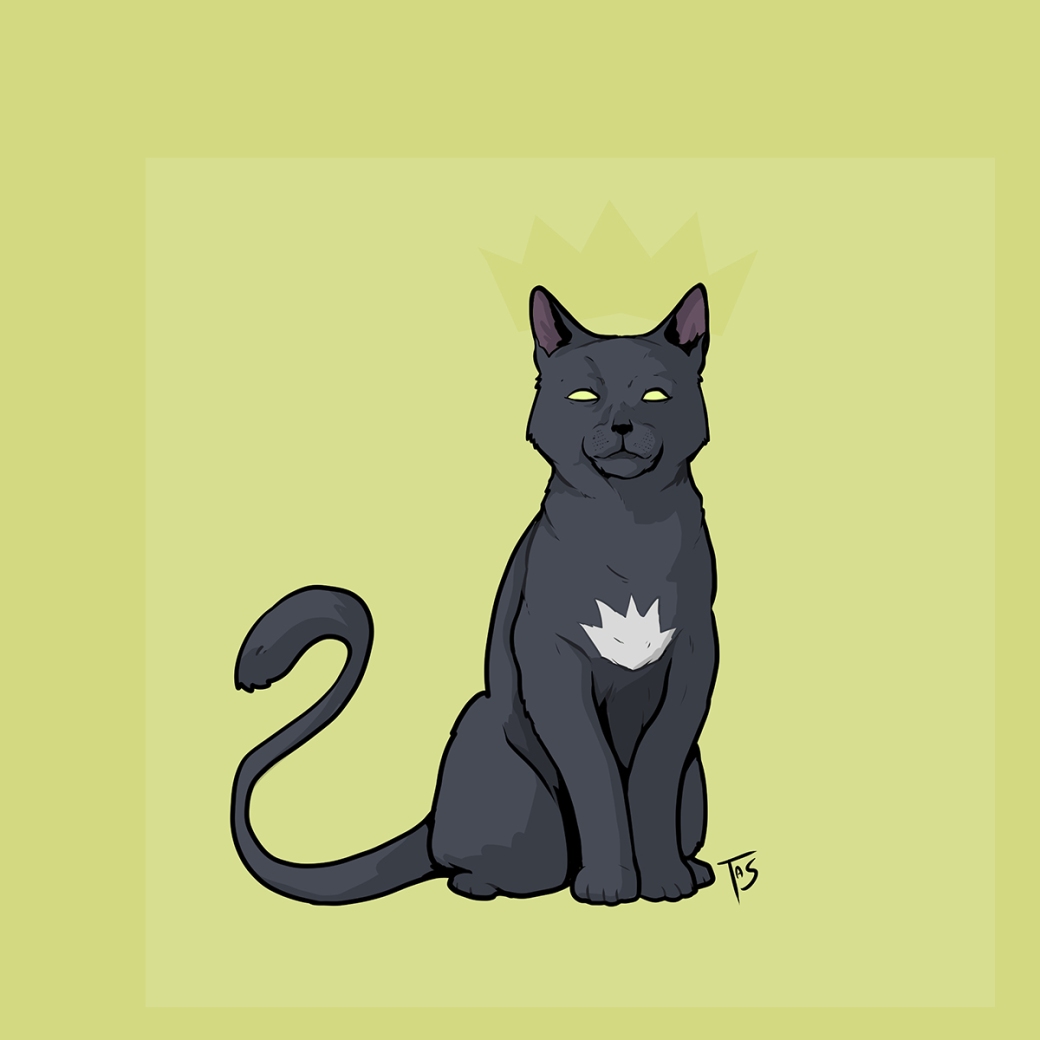
Mara
Region of origin: Scandinavian counties
An evil spirit that plants itself on a sleeping person’s chest, feeding off their life-force while “riding” them, causing bad dreams and anxiety along with the sensation of being pinned down. Signs of a mara attack in the night include waking still feeling weary and drained, and tangled hair known as martovor or mare-locks. Mara may also attack livestock and other animals, especially horses, and even trees with particularly tangled branches are said to be victims of the mara. There was some belief that mara were distinct creatures or demons, but other origins labeled them as humans with familial ties to curses or witchcraft, whose spirits would leave their bodies at night. While traveling in this way, mara could take the form of fog, sand or will-o’-wisps that allowed them enter through impossibly small cracks and sneak into their victims’ homes. Mara are primarily female; it was thought a pregnant woman who practiced svartkonst, a form of witchcraft used to ease labor pains, would result in the children being born as mara if female or a werewolf, or varulv, if male. Rarely some male children would be born as mara or possess features of both, known as a marulv.
[Sources referenced: X | X | X | X | X ]
[Home – Twitter – Patreon – TeePublic]










